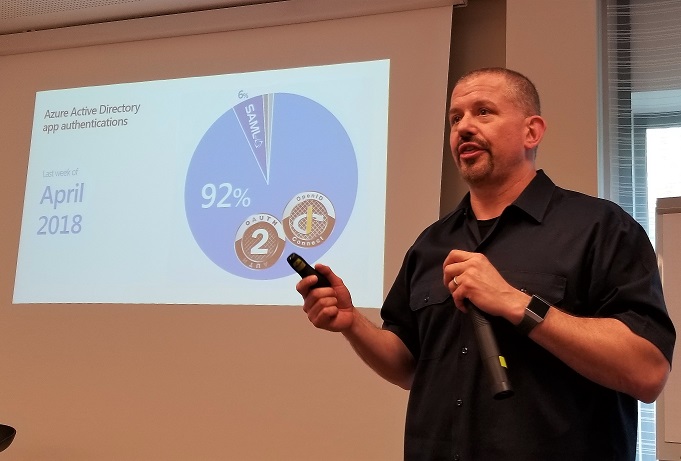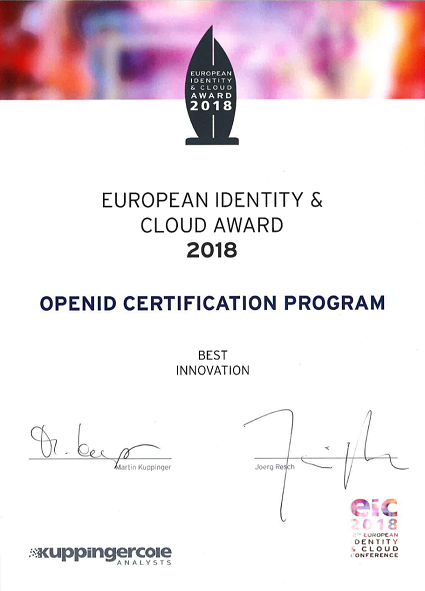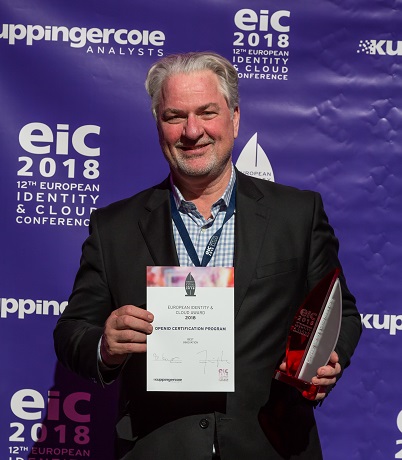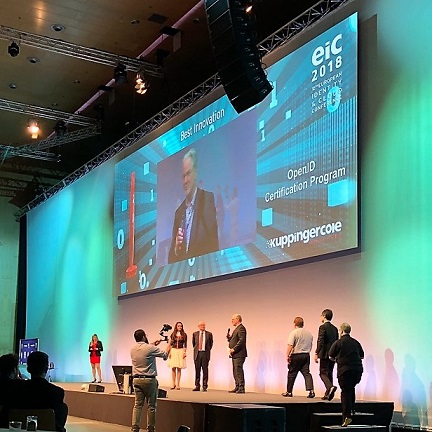 I’m delighted to report that Azure Active Directory (AAD) has achieved OpenID Certification. This is true both of the AAD V1 identity provider, which enables sign-in with organization identities, and the AAD V2 identity provider, which enables sign-in with both personal and organizational identities. See the certification listings and the Microsoft identity platform announcement.
I’m delighted to report that Azure Active Directory (AAD) has achieved OpenID Certification. This is true both of the AAD V1 identity provider, which enables sign-in with organization identities, and the AAD V2 identity provider, which enables sign-in with both personal and organizational identities. See the certification listings and the Microsoft identity platform announcement.
While AAD has supported OpenID Connect for years, the push to achieve OpenID Certification closed a number of gaps in AAD’s feature set — mostly notably, adding support for the UserInfo Endpoint to AAD V2. This work was part of Microsoft’s commitment to utilizing widely-adopted open identity standards. Kudos to the AAD engineering team for bringing this important developer-focused work to completion!












